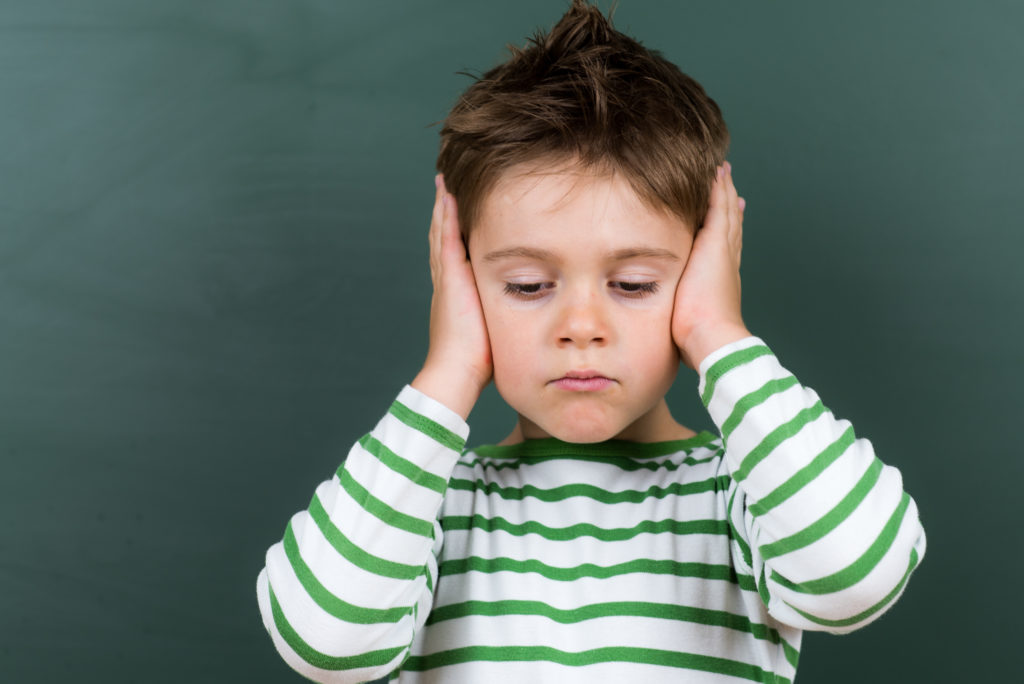You have probably heard of grommets being used to fix ear problems but do you know what they are and how they work?
What are grommets?
Tiny tubes that are inserted into the eardrum, grommets are used to treat conditions that affect the middle ear.
Grommets may be made of metal or plastic and usually measure less than 2mm wide. They are also known as ventilation or drainage tubes.
When are grommets used?
If your child suffers recurrent middle ear infections or “glue ear”, which is a build up of fluid in the middle ear, an Ear Nose and Throat (ENT) specialist may recommend the insertion of grommets.
Children with these recurrent problems may have trouble hearing, paying attention, be irritable or even have delayed speech and language development.
At the back of the middle ear is the Eustachian tube, which connects the ear to the back of the nose and throat. This tube helps air to enter the middle ear, maintaining equal air pressure and allowing the eardrum to vibrate efficiently.

If the Eustachian tube is inflamed or blocked with mucous it cannot do its job effectively. The insertion of a grommet in the eardrum helps restore equal pressure in the middle ear and also allows fluid and mucous to drain down the back of the nose and throat. This will help prevent infections.
Children are more likely to require grommets are their Eustachian tubes are narrower and more prone to blockage.
How are grommet inserted?
The insertion of grommets is a minor surgical procedure done under general anaesthetic. A small slit is placed in the eardrum and the grommet is put into place. The whole procedure only takes about 15 minutes.
The procedure should not cause your child any discomfort and they should be able to hear normally afterwards. In most cases, the insertion of grommets is only day surgery with no overnight hospital stay required. In some cases, the removal of adenoids may be done at the same time.
What happens to grommets long term?
Grommets usually fall out on their own in 6 to 12 months, leaving the eardrum intact.
While your child has grommets in, they will need regular checks to see if they are still in place and working effectively.
It is also important to use earplugs when swimming and bathing to ensure water does not get into the ear, as it can cause further infection.

